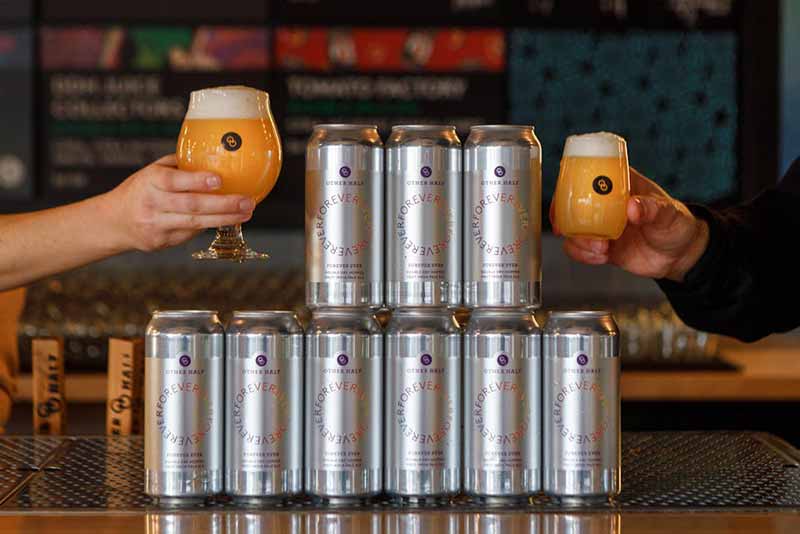
At this point, everyone knows that IPAs control the market—whether an American IPA, hazy, double, or even cold, the consumer drinks it. Need proof? Of the top ten styles checked in on Untappd in 2021, five are IPAs; add one more if you want to include pale ales.
Two years ago, session IPAs ranked at No. 8 on the list. But in 2022, the style fell from the list completely. While several variables could have contributed to session IPAs falling behind other IPA styles, providing consumers with a lower-ABV take on an IPA brand can still have value within your portfolio.
As proven by brewers from SingleCut, 2nd Shift, and Other Half, who all have highly rated versions of session IPAs. We spoke to all three to discover the best way to brew session IPAs and what should be this style’s number one objective: intentionally crafted to appeal to the consumer.
Affordable, Industry-Leading Brewery Software
What Is a Session IPA?
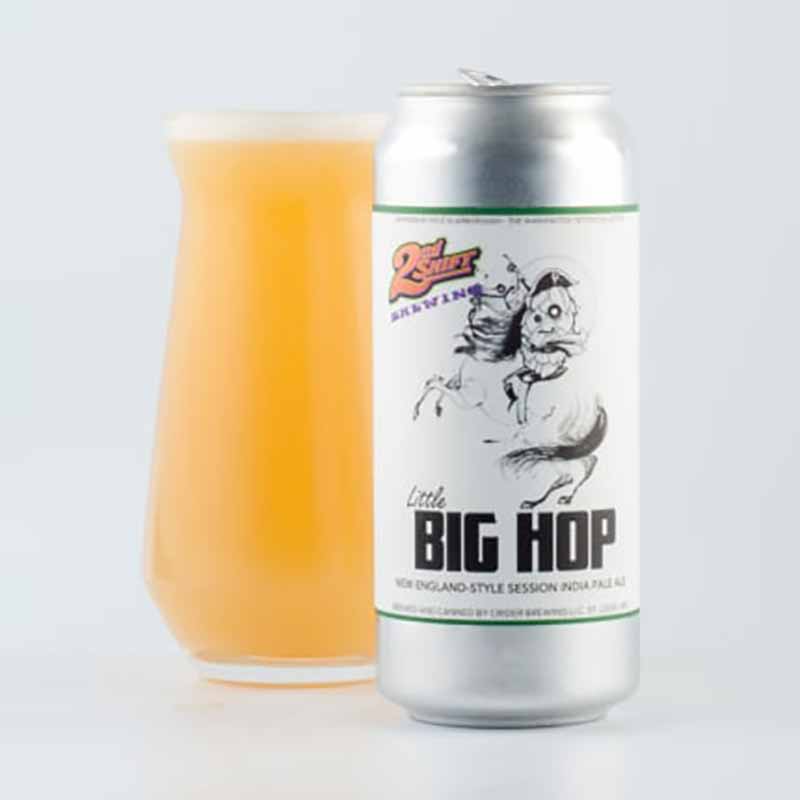
Photography courtesy of Tavour
“It has to hold true to that title: session IPA,” SingleCut Beersmiths General Manager Dan Bronson says.
Bronson elaborates that it has to be “sessionable, with expressionable hop character.” It’s not about being a session beer because of the low ABV.
“It needs to be a pint that has a taste and desirability that you would want more than one in a sitting,” he says.
Other Half Head of Brewery Operations Steve Kaplan takes it further and says that the ideal version of a session IPA is hazy.
“All the attributes of hazies play well in a lower-ABV offering—soft bitterness, creamy and full mouthfeel, and big juicy aromas and flavors,” Kaplan says. “Other session styles suffer from thin, watery mouthfeel, unbalanced bitterness, and generally muted flavors and aromas.”
2nd Shift Owner and Head Brewer Steve Crider has been making session IPAs for a while. It’s what he goes for when he’s working—whether that’s brewing, cleaning, administrative, or any other hat he’s wearing while at the brewery.
“You can drink lots of it for hours and not be s**t-faced,” he says.
About a decade or more ago, he made a “baby beer” at 3.8% ABV, and while brewers loved its distinct hop flavor and drinkability, the consumer didn’t buy it, so he returned to the drawing board.
What Are the Top Approaches to Brewing a Session IPA?
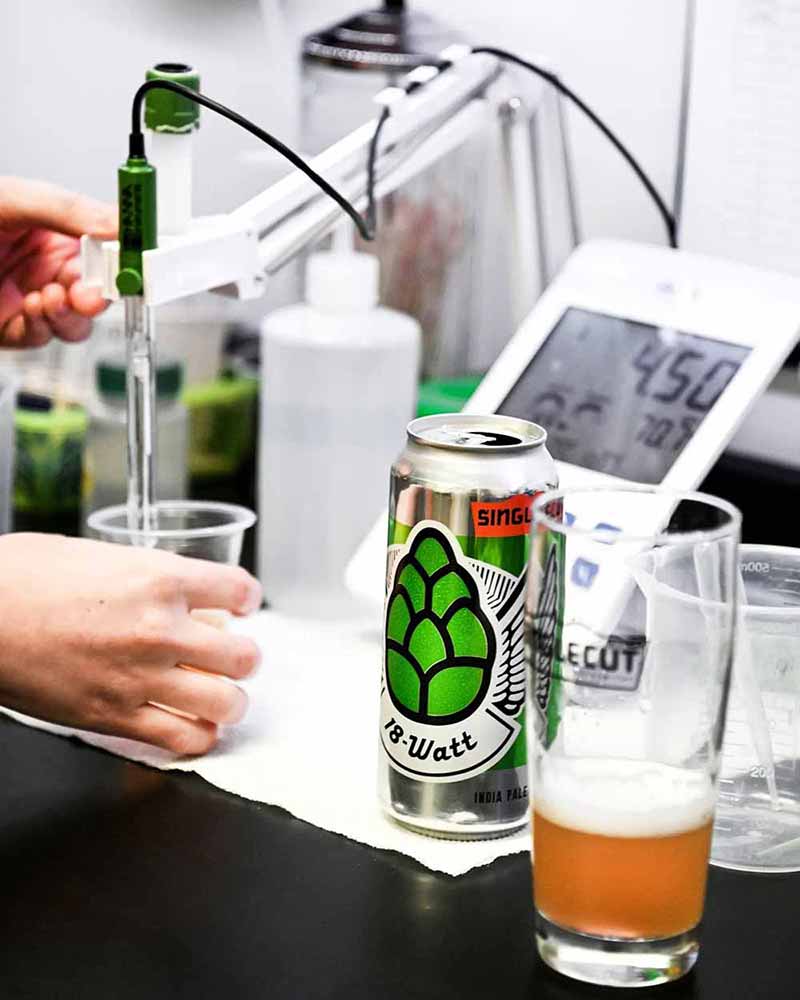
Photography courtesy of @singlecutbeer
Considering the consumer, Crider said he needed to adjust their session IPA iterations to appeal to the masses. For 2nd Shift, that meant bumping up the ABV from his previous 3.8% ABV small beer.
“I put a boatload of hops … in the whirlpool and dry hop,” he says.
Bronson appealed to the consumer with a different tactical approach, zigging while other breweries zagged on their session IPAs.
“So many iterations seemed like watered-down versions of other IPAs. It’s just not how it works—for anything,” he says. “Really plan for it to be its own beer with specific challenges and strengths.”
Kaplan follows a calculated approach.
“There needs to be a lot of emphasis in a session IPA on mouthfeel,” he says, indicating the first step to brewing a successful session IPA starts with your grist.”
What’s an Ideal Session IPA Grist?
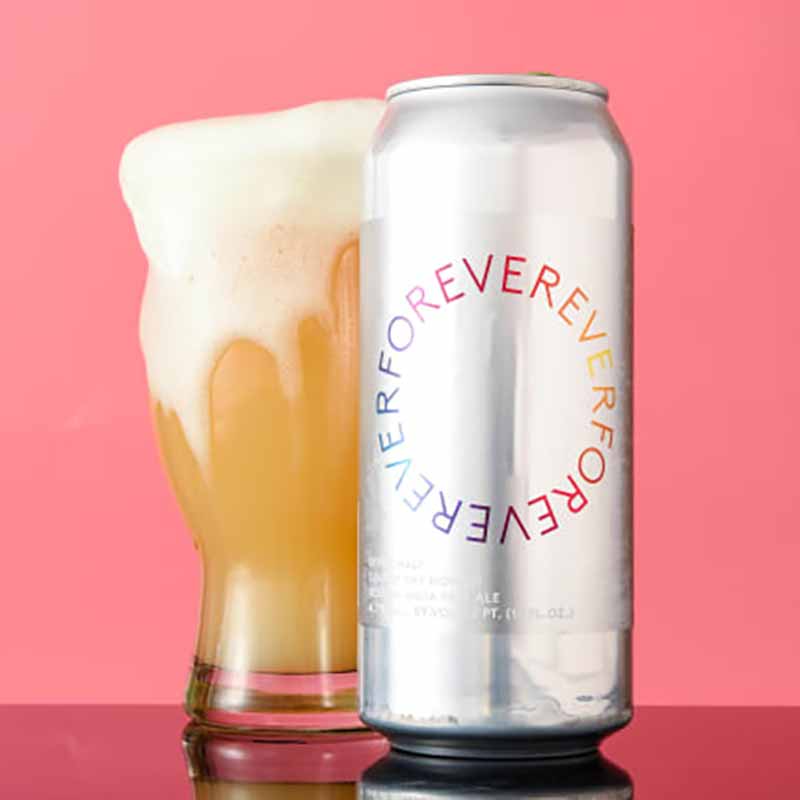
Photography courtesy of Tavour
“Going big on unmalted wheat and oats provides a creamy and full mouthfeel,” says Kaplan. “Back that up with a lot of dextrin malt and a short and hotter-than-typical mash cycle to create more unfermentable sugars, so you have a solid backbone to let the hops shine.”
Crider’s choice of grist fits Kaplan’s top considerations nearly to a T.
“I like every beer to be big and chewy; I was trying to make the thickest and chewiest beers I could make,” he says. “I mash high, at 158 degrees Fahrenheit, and add dextrin for mouthfeel. We also put [in] oats and white wheat.”
But there’s a rub to choosing those malts that Crider, Kaplan, and Bronson use in their session IPAs. With the smaller ABV beers, Crider says there is a higher importance to malt selection.
“When trying to make a balanced small beer, you must mess around with different malts [and maltsters] because one might work better,” he says. “It makes a big difference.”
Crider explains his grist is essentially a take on a hazy IPA, where he uses sixty percent of the grist as two-row and forty percent as a combination of flaked oat and white wheat.
Kaplan says that the Other Half session IPA grist is a little heavier on the two-row than 2nd Shift.
“We’ve landed on a session IPA grist of around seventy-five percent two-row base malt and equal parts unmalted wheat, unmalted oats, and dextrin malt to round it out,” he says.
Bronson says SingleCut focuses on oats in their session IPA grist and many flaked products to lend toward a heavy body without using a lot of fermentable sugars.
“I want the malt to make the hops shine,” he says. “Hops might be our band, but malt is the stage. If you don’t have a great stage, no one is going to see you.”
Bronson adds, “Session IPA is the defining style to that. You need to lift up the hops and give them the support.”
How Many Hops Is Good for a Session IPA?
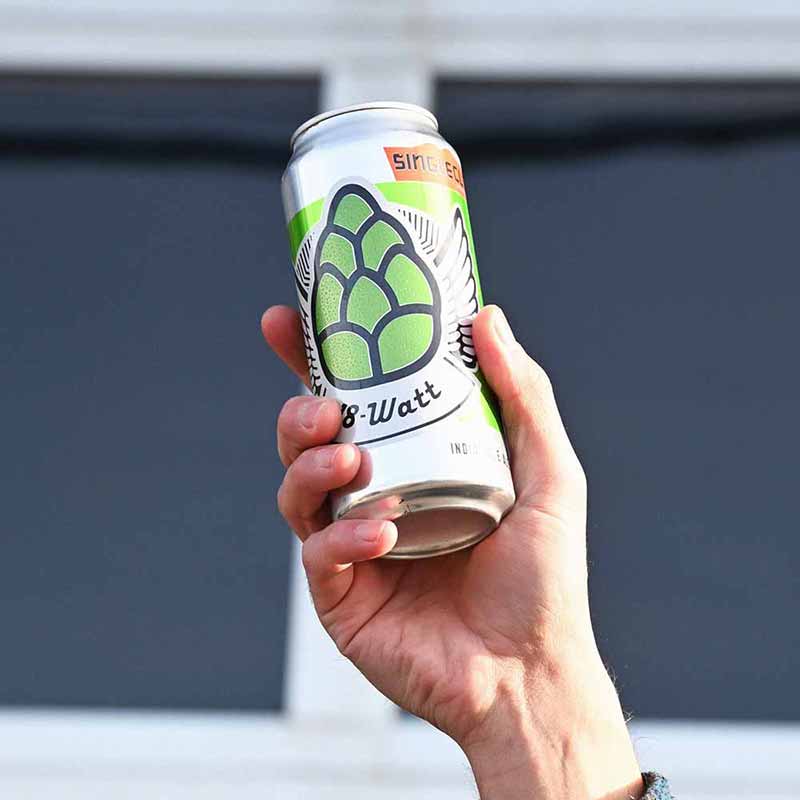
Photography courtesy of @singlecutbeer
From what all the brewers in this piece discussed, the session IPA focuses on unloading hop expression. You’re going to get that in your whirlpool and cellar hop additions.
Crider admits he probably uses fewer hops than everyone else uses in their IPAs, but feels he gets that expressiveness to make a top-rated session IPA.
“In my dry hop, I’m using about two and a half pounds per barrel,” he says. “And at the whirlpool, I’m at about a pound per barrel.”
Crider isn’t adding any kettle hops.
At SingleCut, Bronson says they aren’t afraid to add a little bitterness to their session IPA.
“I like an IPA to have a bite to it; we just add a decent amount of sugar to balance it out,” he says. “[That said], we don’t reinvent the wheel. The whirlpool sees a big dose, and the cellar sees a big dose.”
Bronson reiterates, “Whether bitterness or whirlpool-dry hopping, it’s still focusing on the end goal and not just throwing random hops in. … A session IPA shouldn’t be a version of another beer.”
Kaplan says that Other Half has never shied from hefty hop charges in their beers but keeps it in check for their session IPAs.
“A minimal kettle bittering charge to achieve ten IBUs, a one-pound-per-barrel whirlpool charge, and three-and-a-half pounds per barrel for dry hops,” he says. “OK, that’s still a pretty big hop charge!”
What’s the ABV Sweet Spot for a Session IPA?
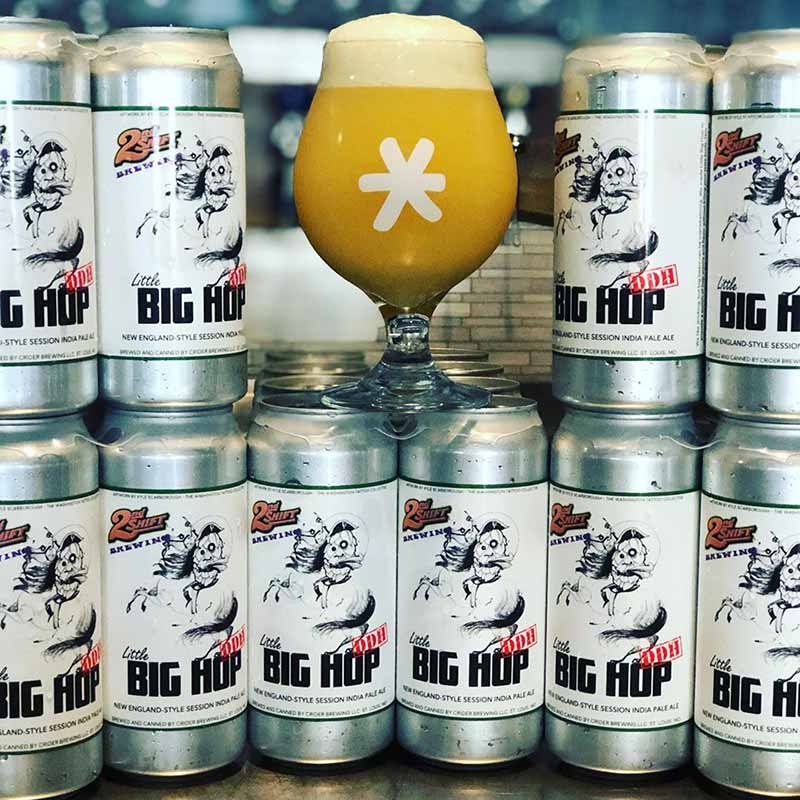
Photography courtesy of 2nd Shift Brewing
A session IPA may be more than a low-ABV version of a hop-forward beer, but you should still shoot for a certain alcohol by volume to keep it sessionable yet appealing to consumers.
You don’t want it too low in ABV, like Crider’s 3.8% ABV session from years past, or you won’t move it off the shelves. You can’t have it too high, or you’re making an IPA.
So what’s the sweet spot?
“Four-and-a-half to five percent ABV seems to be the sweet spot,” Kaplan admits. “But we are constantly looking for ways to deliver a solid session IPA at lower ABVs that still hit the mark.”
In revisiting his session IPA, Crider bumped the beer up a whole point to 4.8% ABV—while changing it from a clear beer to more of a hazy one. But there’s still wiggle room, he says.
“When we started making session IPAs, we had it in the 3% ABV range, and nobody wanted it, so we bumped it to 4.8% ABV,” he says. “If you’re trying to do a session, it’s gotta be under 5% ABV. Around 4.5% ABV is good.”
Bronson says he believes 5% ABV is good but feels comfortable getting them as high as 5.5% ABV, though he prefers the low 4s.
“For my preference, 4.2% ABV would be good,” he says. “Although the standard is 5% ABV, and I think that’s a good place to start.”
Bronson adds that making a session IPA is all about a value proposition, noting consumers are likelier to spend $7 a pint on a 5% ABV session IPA than they would for one around his preference.
“Five percent ABV reaches that [value proposition] number,” he says. “Four point two percent ABV might be too low.”
Three Examples of a Session IPA
Founders All Day IPA set this style off and running in the early days. These three breweries, however, have used that beer as a stepping stone to make their own top-rated session IPAs.
Other Half’s Forever Ever has become a very popular beer for the brewery, which has been making the brand for years. The brew is 4.7% ABV and 50 IBUs, hopped with Mosaic, Cashmere, and Citra, and it’s double dry-hopped with even more Citra and Mosaic.
Other Half Chief Operating Officer Andrew Burman says that the Forever Ever is a wildly popular beer in the taproom and their distribution to restaurants.
“People are happy to have it on draft,” he says. “We are really proud of the beer and to showcase it and innovate on it a little bit.”
Crider points to 2nd Shift’s longtime session IPA Little Big Hop as their go-to session. At 4.9% ABV and 10 IBUs, it’s as crushable as it gets, with a flavor and aroma bomb from Columbus, Simcoe, and Cascade whirlpool hops and Zythos, Simcoe, and Columbus dry hops.
“Those hops play well together,” Crider says. “It’s fruity, a little piney, and a little resiny. An old-school hazy beer.”
Bronson says SingleCut’s flagship beer is its session IPA, 18 Watt. The 5% ABV, 72 IBU session is so popular the brewery makes several iterations, including a DDH version and numerous other takes that showcase different popular hop varietals.
“We reproduce the same quality of aromatics in every single batch, regardless of changes that happen in the hop industry or crop yields,” Bronson says. “We’re making sure that the consistency is focused on being consistently tasty, not consistently hitting the same numbers.”



